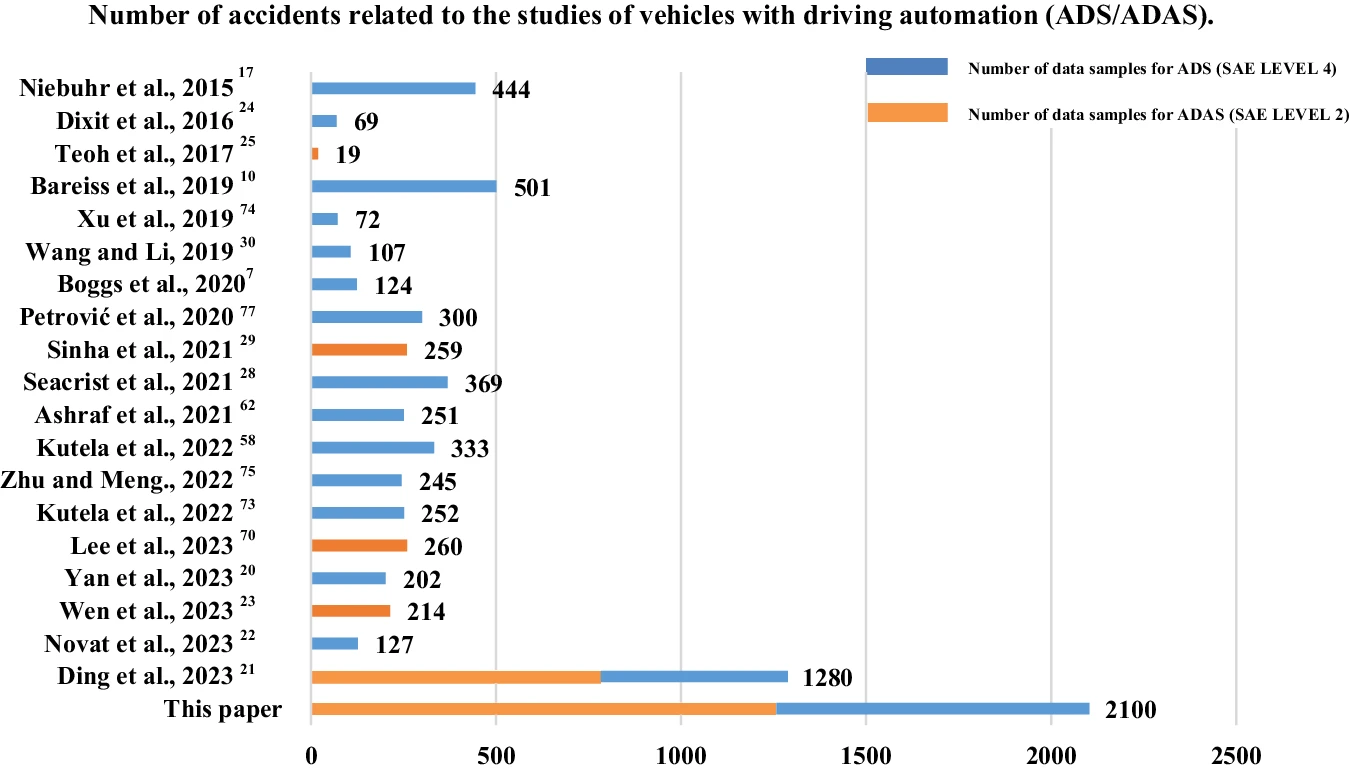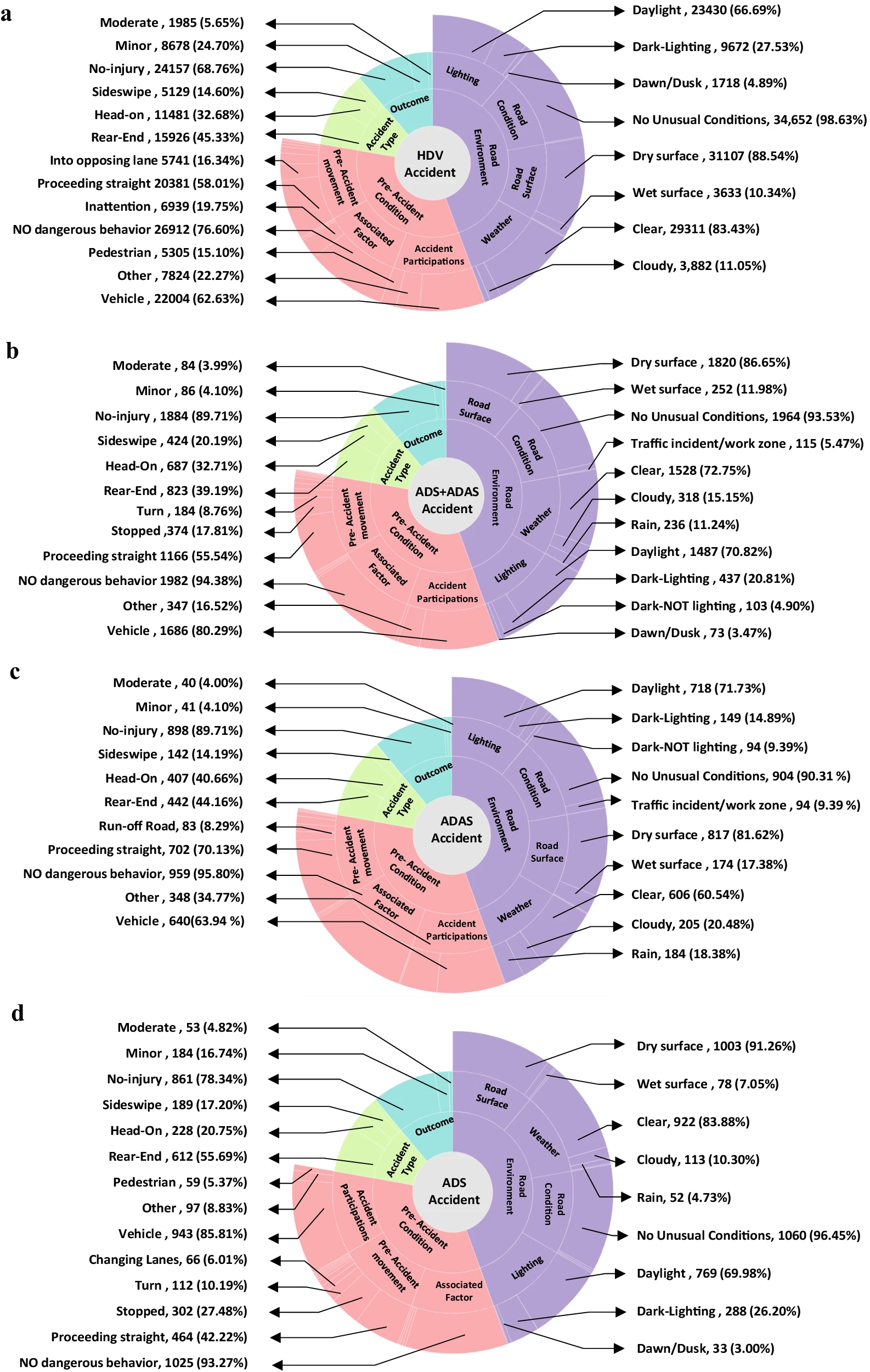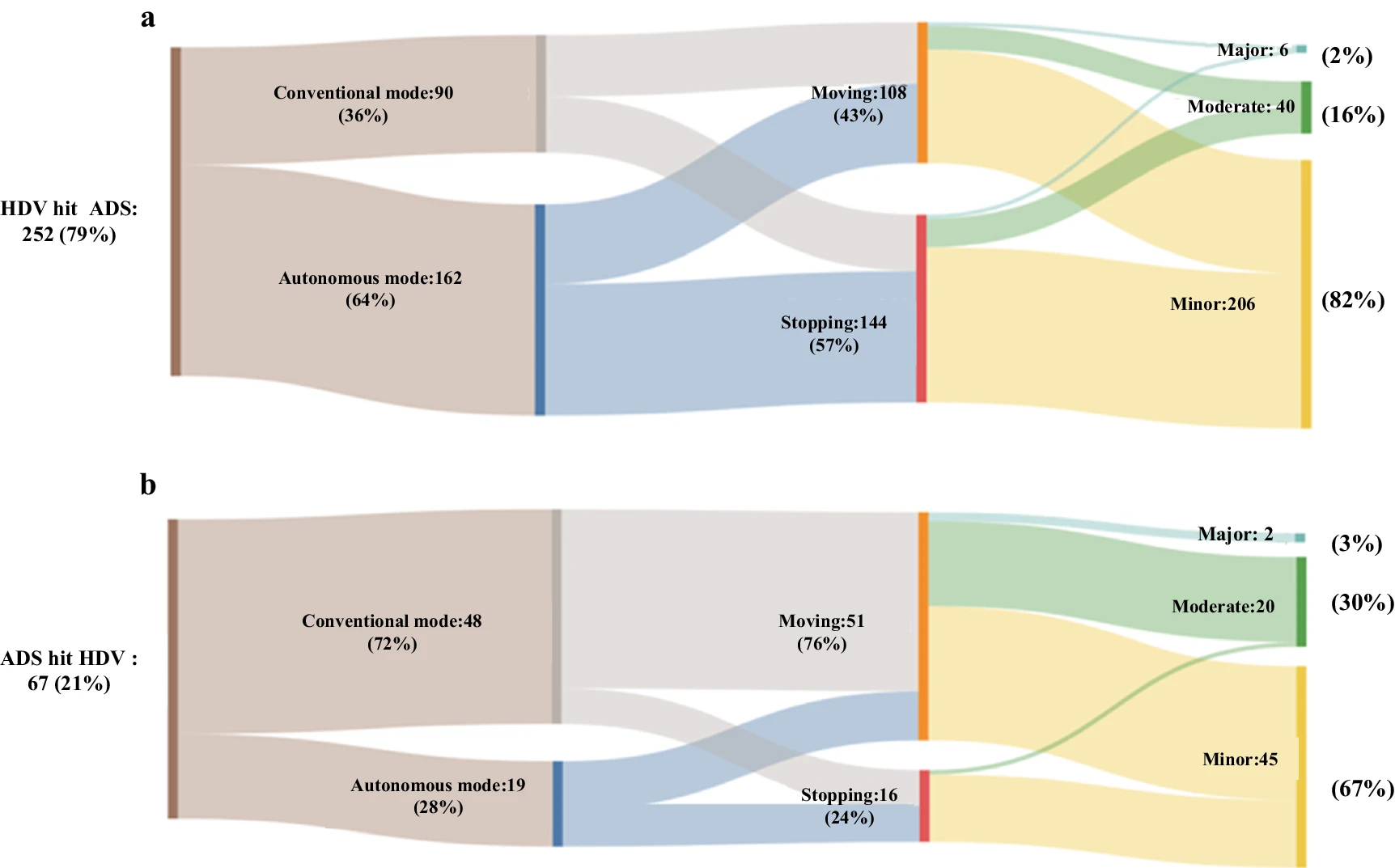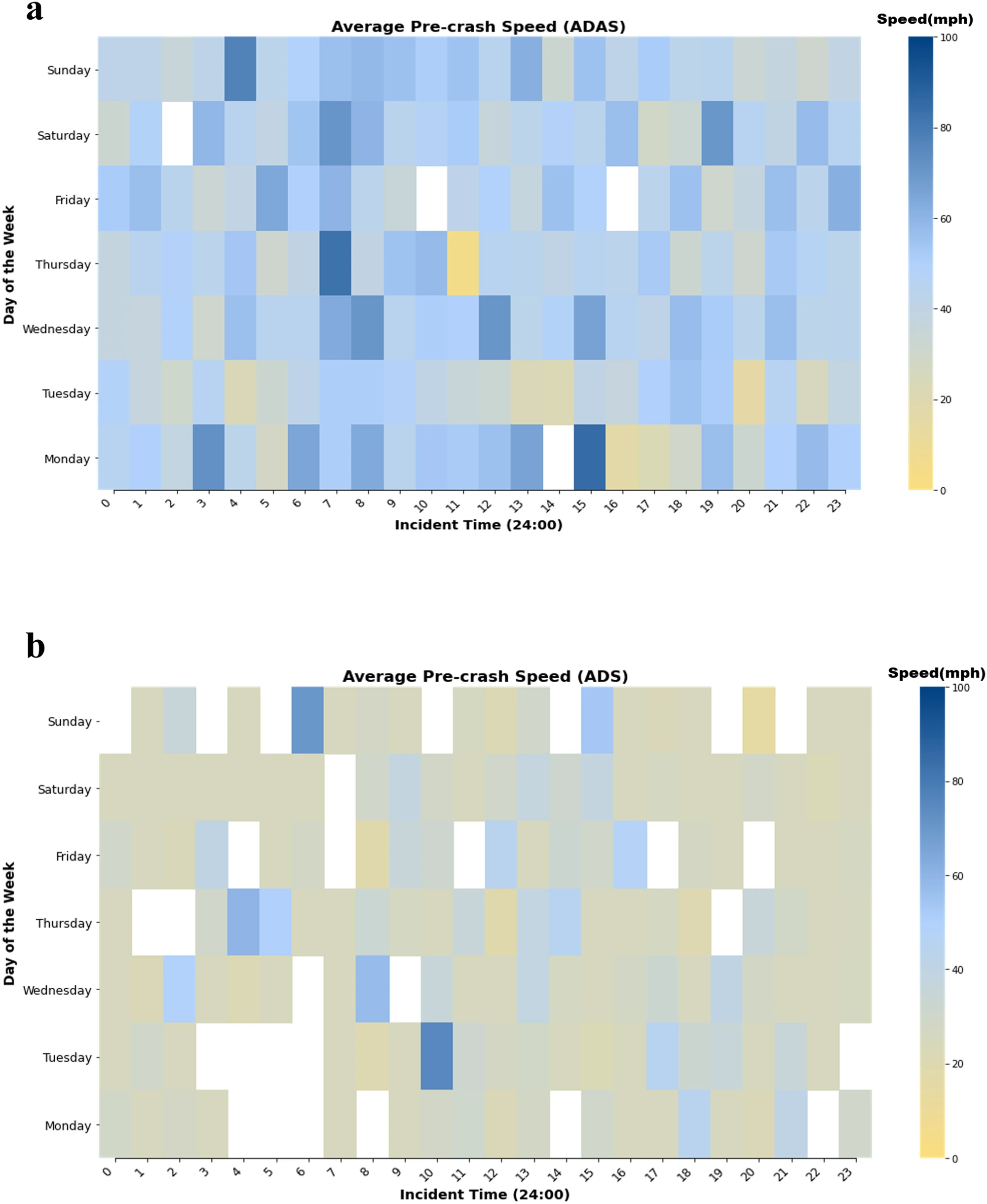In the evolving landscape of autonomous vehicles (AVs) and electric vehicles (EVs), predictive maintenance and road safety are becoming central pillars. Virtual sensors, particularly for tire wear monitoring, represent a technological leap forward compared to traditional physical sensors. They offer a transformative approach to vehicle data collection and analysis.
Key Differences: Virtual Sensors vs. Physical Sensors
Understanding the distinction between virtual and physical sensors is crucial for appreciating the advantages of this new paradigm:
| Aspect | Physical Sensors | Virtual Sensors |
|---|---|---|
| Hardware | Require dedicated components | Utilize only existing in-vehicle sensors |
| Costs | High: purchase, installation, maintenance | Reduced: no additional hardware, OTA software updates |
| Maintenance | Subject to failures, replacements, calibrations | Remotely updateable, less prone to malfunctions |
| Flexibility | Limited by physical placement | Highly flexible, deployable wherever data is needed |
| Accuracy | Depends on sensor quality and position | Can match or exceed manual precision via AI models and data fusion |
| Scalability | Limited by cost and infrastructure | Very high due to software-only nature |
Specific Advantages of Virtual Sensors
- Elimination of Additional Hardware: Virtual sensors leverage data from existing vehicle sensors (e.g., ABS, accelerometers). This removes the need for extra physical sensors, reducing vehicle weight and complexity.
- Reduced Total Costs: There are no costs for additional components, installation, or physical maintenance. Software updates can be distributed over-the-air (OTA), minimizing vehicle downtime.
- Real-Time “On-the-Move” Monitoring: They enable continuous tire wear monitoring while the vehicle is in motion. Precision can be as high as 0.8 mm, comparable to manual laboratory measurements.
- Enhanced Safety and Prevention: Virtual sensors promptly detect critical wear conditions. This prevents blowouts or skidding, significantly improving safety for AVs and EVs, where routine maintenance is less frequent.
- Reliability and Validation: New virtual tire wear sensors have been extensively validated in real-world conditions. They demonstrate reliability across diverse vehicles, powertrains, and driving environments.
- Ease of Update and Adaptability: Based on AI and machine learning algorithms, they can be continuously improved and adapted to new conditions or vehicle types without hardware interventions.
- Accessibility and Scalability: Advanced monitoring becomes accessible to fleets and mass-market vehicles, not just premium models, fostering the future of mobility.

The transformative role of virtual sensors in modern automotive safety.
Easyrain’s Strategic Role in Autonomous Driving Safety
Easyrain is at the forefront of this technological revolution, leveraging the power of virtual sensing to enhance road safety and vehicle performance, especially for AVs and EVs. Our suite of solutions directly aligns with the benefits offered by virtual sensors, addressing critical challenges in the automotive industry.
- Comprehensive Virtual Sensor Suite: Easyrain offers a range of virtual sensors, including Virtual Sensor ITPMS, Virtual Sensor Aquaplaning, Virtual Sensor Ground, Virtual Sensor Wheel Misalignment, Virtual Sensor Snow & Ice, and Virtual Sensor Tire Wear. These systems detect real-time risk conditions often invisible to traditional sensors, enhancing the vehicle’s environmental perception.
- DAI – Digital Advanced Information: Our powerful DAI platform integrates and interprets data from these virtual sensors. It provides predictive information to anticipate and prevent dangerous situations, a crucial aspect for autonomous navigation.
- AIS – Aquaplaning Intelligent Solution: Easyrain’s patented AIS technology actively manages aquaplaning risk. This is a primary cause of loss of control on wet roads. AIS ensures active safety, complementing the predictive capabilities of virtual sensors.
- Easyrain Cloud: The Easyrain Cloud infrastructure enables continuous data sharing and updates. This occurs between vehicles and road infrastructure, creating a connected ecosystem that enhances overall road safety and contributes to a smarter mobility future.

Easyrain’s innovative solutions enhance safety through advanced virtual sensing.
Implications for the Automotive Future
- Autonomous and Electric Vehicles: Virtual sensors are particularly strategic for AVs and EVs. In these vehicles, routine maintenance is less frequent, and safety relies heavily on continuous, predictive monitoring.
- Sustainability: Less hardware translates to fewer materials, a reduced environmental footprint, and greater energy efficiency.
- Continuous Innovation: The software-centric approach allows rapid response to new regulatory and market demands. It makes the vehicle increasingly “software-defined” [2].
Conclusion
Virtual sensors represent a revolution for the automotive industry. They offer tangible advantages in terms of cost, safety, reliability, and scalability compared to physical sensors. The recent introduction of advanced virtual tire wear sensors, validated on a large scale, demonstrates that this technology is ready to enhance the safety and efficiency of future mobility. As highlighted by market forecasts, the automotive sector in 2025 will increasingly feature smart and connected cars, driven by AI and IoT applications [1] [4]. Virtual sensors are at the core of this transformation [5].
SOURCES:
- Mercato automotive: previsioni per il 2025 – BitMat
- Il futuro dell’automotive nel 2025: auto sempre più smart e connesse – TechBusiness
- Le 5 applicazioni più innovative dei sensori di forza nel 2025 – XJCSensor
- IA e automotive: perché gli algoritmi sono il futuro delle quattro ruote – Agenda Digitale
- I sensori virtuali e il loro ruolo nel futuro dell’energia – Cummins Inc.












